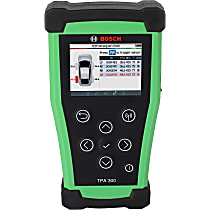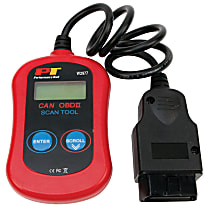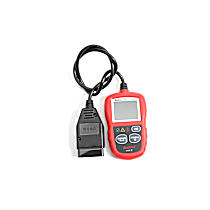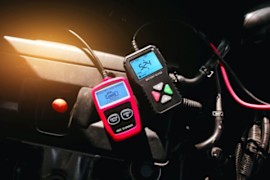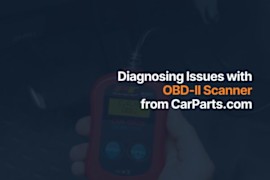{
"lazyNodes": false,
"abFitnotesFlag": false,
"abCrawlReviews": false,
"productOptionsCookie": false,
"orderDelayFlag": false,
"skipSessionCookie": false,
"covidMessage": false,
"fullTitleCookie": false,
"nrLoggerCookie": false,
"checkoutReviewCookie": false,
"productOptionSeqCookie": false,
"maintenanceFlag": false,
"bufferETACookie": false,
"multiShippingDiscountFlag": false,
"newFitmentFlag": false,
"surveyOptInFlag": false,
"crossSellFlag": false,
"skuMappingFlag": false,
"paySplitCookie": false,
"callDisableFlag": false,
"zipPaymentFlag": "u",
"hassleFreeReturn": false,
"lifetimeReplacement": false,
"cpn_off": false
}Scan Tools
Shop Catalog
![]() WARNING: This product can expose you to chemical which is known to the State of California to cause cancer and birth defects or other reproductive harm. For more information go to www.P65Warnings.ca.gov.
WARNING: This product can expose you to chemical which is known to the State of California to cause cancer and birth defects or other reproductive harm. For more information go to www.P65Warnings.ca.gov.
![]() WARNING: This product can expose you to chemical which is known to the State of California to cause cancer and birth defects or other reproductive harm. For more information go to www.P65Warnings.ca.gov.
WARNING: This product can expose you to chemical which is known to the State of California to cause cancer and birth defects or other reproductive harm. For more information go to www.P65Warnings.ca.gov.
![]() WARNING: This product can expose you to chemical which is known to the State of California to cause cancer and birth defects or other reproductive harm. For more information go to www.P65Warnings.ca.gov.
WARNING: This product can expose you to chemical which is known to the State of California to cause cancer and birth defects or other reproductive harm. For more information go to www.P65Warnings.ca.gov.
![]() WARNING: This product can expose you to chemical which is known to the State of California to cause cancer and birth defects or other reproductive harm. For more information go to www.P65Warnings.ca.gov.
WARNING: This product can expose you to chemical which is known to the State of California to cause cancer and birth defects or other reproductive harm. For more information go to www.P65Warnings.ca.gov.
Shopping for Scan Tool
If you feel sick and you think there is something wrong with your bodily functions, you go to the doctor. The doctor doesn't tell you right away the real cause of the problem. He needs to use several tools and conduct series of tests before he pinpoints the culprit why you feel bad. What if your car seems to be a little under the weather? Of course, it can't speak. It can't tell you why it keeps on overheating, or stalling, or why the headlights are not working. The question now is, how can you know where the problem lies?
Your car, just like your own body, is made of complex parts and systems. Just like your doctor, there is a tool that you can use to detect the broken or damaged parts of your car. This is the scan tool. You just have to plug the scan tool into your car's system then it shows you codes that represent the area or part that is not working well.
There are several types of automotive scan tools and each type focuses in a specific area. It is important to find the specific problem so you can correct it ASAP. The right scan tool can help you locate the real problem in a matter of minutes. Here are the different types of scan tool and their specific use:
OBDLink 2.0
OBD stand for On-board diagnostics. Once you plug this scan tool in your car, it runs tests on the whole system and determines if all of the parts are functioning well. The codes and other data are all recorded in the device in case you need a reference. Once you're done reading all the information, you are free to reset the tool. This scanner can also verify how fuel efficient your car is. The OBDLink 2.0 is suitable for car models from 1996 to present.
Actron 9410
This type works almost the same with the OBD type. It checks the errors in your car and alerts you if such error can cause further damage in your engine. This scan tool has a simpler interface so it's perfect for beginners and non-car experts.
AutoTap Express DIY
This type is a combination of small device and computer software that you can install in your notebook or laptop. The software is compatible with Windows 2000, Windows XP, and Windows Vista. This tool detects problems in your vehicle especially in the ignition and combustion systems.
There will come a time when your car will experience some problems so as early as now, equip yourself with the right tool. With the right scan tool, you can solve your car's problem right away.
Maintaining your car's excellent working condition requires evaluating its problems as soon as it pops up. Having modern vehicles equipped with computer chips and systems greatly helps in detecting what is wrong in your car. Interpreting these detections is now dependent on an on-board computer system. In order to be prepared for all possible situations, owning a scan tool is essential.
Just follow these few steps in plugging the scan tool to your car:
Difficulty level: Easy
Things you'll need:
- Owner's manual
- Scan tool kit
Step 1: Find a level surface to park your car. Shut down the engine and let it cool for a while. Then, take out the carpet under the glove compartment by pulling it back until you notice a panel. To remove the panel door, pull on the handle of the panel cautiously.
Step 2: Refer to your car's manual to locate the vehicle's Diagnostic Link Connector or DLC. It's usually found under the dash on the driver's side. However, some cars have it in other locations such as under the steering wheel, under the driver's foot well, behind the ash tray, under the passenger seat, and over the passenger door.
Step 3: Raise the kick panel towards you and you will see the connector. Now that you've found the DLC, plug the scan tool connector to the port. If plugged in correctly, you will hear a click sound upon attachment. This means that the scan tool is connected and is ready for use.
Step 4: Read the manufacturer's instruction manual and follow the steps on how to use the specific scan tool.
Using a scan tool in examining your vehicle's health is a good start in preventing major damages. However, taking care of your car doesn't end with knowing what part must be repaired or replaced. It is important that you consult a technician to guide you in managing your vehicle.
